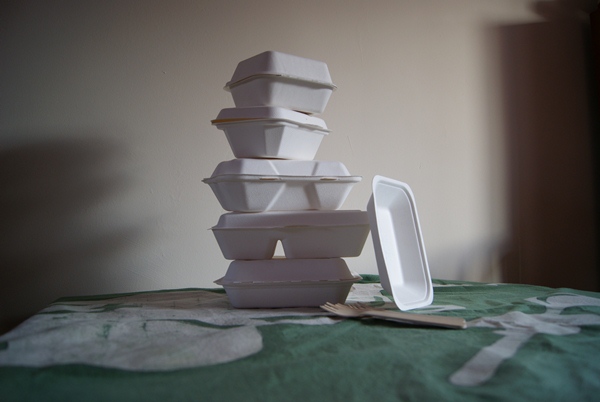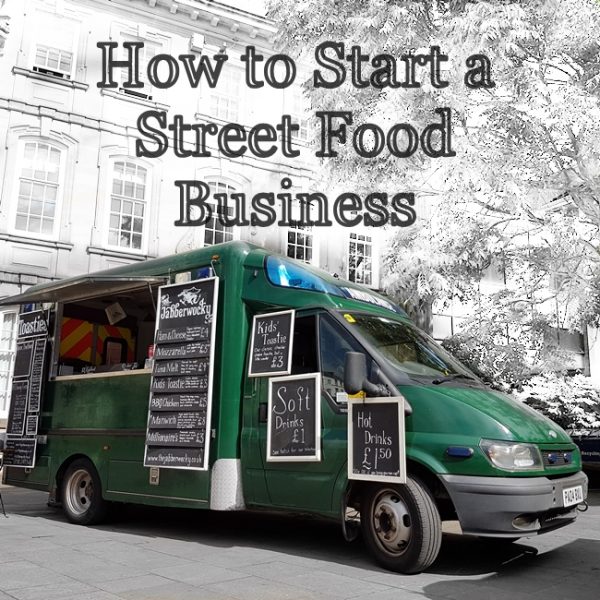
When we first brought the van into our lives we spent many happy hours sifting through the remains of the business that had gone before us and rearranging our house to accommodate all of our new possessions. Mostly, our new possessions were cups. These cups were chunky, Styrofoam creatures; the kind that you always inadvertently find yourself chewing, or crushing, or crumbling into tiny plastic dots which will then haunt you for weeks. It was at this stage that we originally discussed what kind of container we should serve food from, even though back then there wasn’t a clear idea of what the food should be.
With a food van, the first thing anyone is likely to see is the containers you are serving from, and they will judge your business accordingly. Plastic cups didn’t feel right; they didn’t suit the rustic style, and the part of me that compulsively drives like an octogenarian (slowly, I mean, not harbouring-a-manic-desire-to-take-as-many-innocent-souls-with-me-as-possible) pointed out that these cups take thousands of years to biodegrade.
I wanted something that wouldn’t leave quite such an impact on the environment, even if it cost a little more, and preferably something that made our food look tasty and delicious. This, unsurprisingly, narrows it down significantly if you’re planning on selling food for anything less than a few choice body parts, and made us consider the following: Nice packaging will make your food look better, and people will be willing to pay more. Is it a good idea to pack up your food in something fundamentally wasteful just so that you can get away with asking for more money, when the product would be the same as if it was served on a plate?
Here’s my problem: Last year I was in town with some friends during the Leamington Christmas market. We came across a stall selling miniature cupcakes, and discovered we needed some. Bearing in mind that these cakes were no more than a quarter the size of a regular cupcake we happily handed over £6 for three of these things, and were given the cakes, in a plastic tub, in a lovely little brown paper bag tied with raffia. We promptly removed the cakes, ate them at the stall, and put the bag, box and raffia in the bin. This total usage life of the packaging was less than 3 minutes, and the tub, at least, will hang around on this planet for hundreds of years.
Times will change; attitudes towards waste and recycling will change, although I don’t see the trend heading towards additional packaging. Barny and I decided, eventually, to use minimal packaging; hopefully the food will speak for itself. We found a supplier (this one here) who makes all sorts of boxes out of bagasse, a waste product from growing sugarcane. It’s compostable and, if not beautiful, it’s about as close to rustic as paper cartons can get. Perhaps people will observe our green credentials and by our product because of them, but if not at least we won’t be making the landfill cry.
07581 243548
jabberwockycatering@gmail.com


